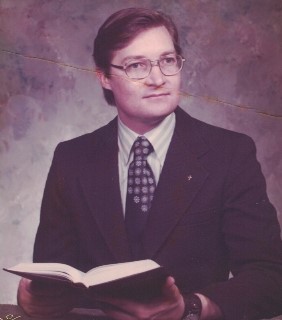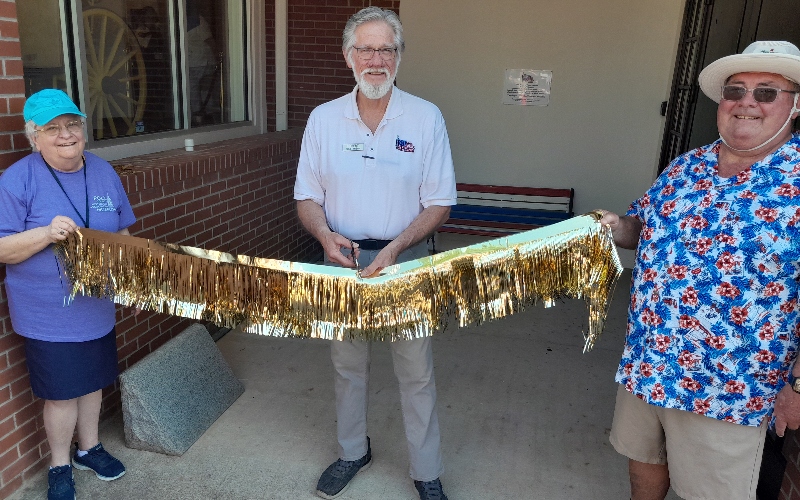Diet & Exercise: Fast facts about fruit and vegetables
Published 8:00 am Friday, May 11, 2018
When counseling nutrition, I explain that most folks, including children, don’t get enough fruits and vegetables in their diet.
The guideline I recommend is children ages 2 to 6: three vegetable group, two fruit group; older children and teens: four vegetable group, three fruit group; adults: five vegetable group, four fruit group.
We all know fruits and vegetables provide an array of nutrition, but here are a few things about them you probably didn’t know.
• Not all oranges are orange. Since most oranges grow in sub-tropical regions like Brazil, temperatures are never cold enough to break down the chlorophyll in the fruit, which means the fruit can still be yellow or green when ripe. Oranges imported to America are actually treated with ethylene gas, which gets rid of the chlorophyll and allows the fruit to turn orange. A kiwi has twice the vitamin C of an orange.
• Calorie for calorie, broccoli has more protein than steak. California produces almost all the broccoli sold in the United States. Broad beans are one of the highest vegetables in protein.
• Beetroot leaves are very healthful. They provide vitamin A, calcium and iron, and are used to produce sugar. The leaves of the rhubarb plant are extremely poisonous, but the stalks are completely safe to eat.
• The apple you eat might actually be a year old. Apples are available year-round in grocers, even though growing season in the United States only lasts a few months in the fall. This is possible because of sophisticated cold storage technology.
• Potatoes were the first vegetable grown in space, in October 1995, aboard the space shuttle Columbia, in a collaboration between NASA and the University of Wisconsin-Madison. The sweet potato can strengthen the immune system and fight against diseases like cancer.
• What’s the world’s most popular fruit? The mango (it’s one of mine, too).
• Grapefruit, grapefruit, and some medications don’t mix. While grapefruit is very healthful, it affects the way some medicines work, especially if you have high blood pressure or arrhythmia (irregular or abnormal heart beat). Be sure to check with your doctor and pharmacist.
• Onions are super healthy. They contain over 100 different sulfide compounds that do everything from help control asthma to prevent certain types of cancer. Raw garlic helps fight diseases such as cancer and stroke.
• The most expensive fruit in the world are Japanese Yubari cantaloupes; two melons once sold at auction for $23,500.
• Watermelons (my personal favorite) are aptly named, because they contain 92 percent water, and 6 percent sugar.
• Cherry farmers actually hire helicopter pilots to air-dry their trees. These pilots are on standby during the summer to dry cherry trees after it rains, to keep the cherries from splitting.
• Most fruit is fat free, and calories come from carbohydrate, but avocados and coconut are the only fruits whose calories come mostly from fat.
• A half-cup of figs has as much calcium as a half-cup of milk.
• Baby carrots aren’t really babies at all, but rather cut from full grown varieties that are sweeter and thinner than traditional carrots.
• With most fruits and vegetables, the nutrients are found in the skin. If you peel away the skin, you’re missing out on nutrients and fiber.
• Of all vegetables, asparagus loses its flavor the fastest, especially if it’s been cut. Asparagus is also a well-known diuretic, increasing the excretion of urine from the body.
• Eating artichokes helps protect the liver.
• About 71 percent of the world’s grapes are used for wine, 27 percent as fresh fruit and 2 percent are used to make raisins. U.S. raisin farmers are not allowed to sell all the raisins they grow. They must contribute part of their crop to the “national raisin reserve” if supply exceeds demand.
• Peaches and nectarines are pretty much the same thing. These fruits are quite similar, the biggest difference, a peach has fuzz, while the nectarine does not.
David Crocker, of Landrum, has been a nutritionist and master personal trainer for 30 years.





